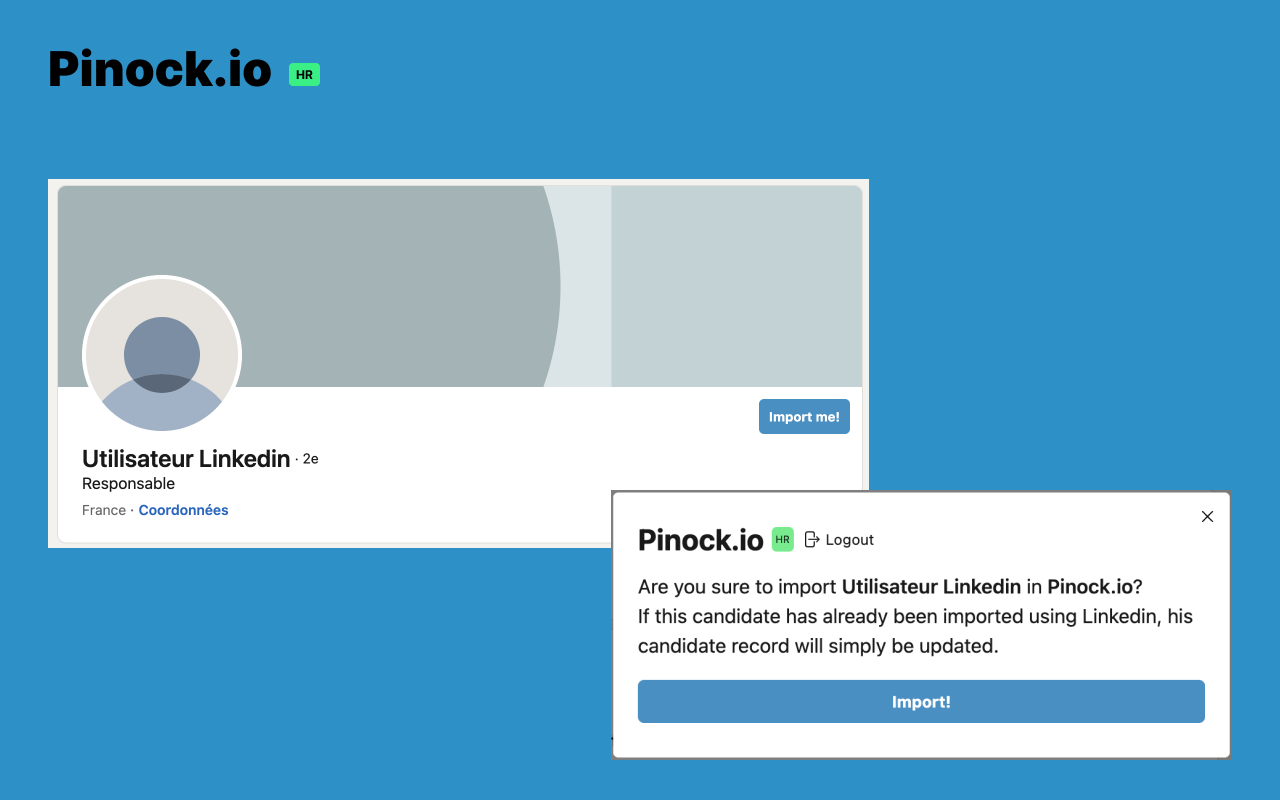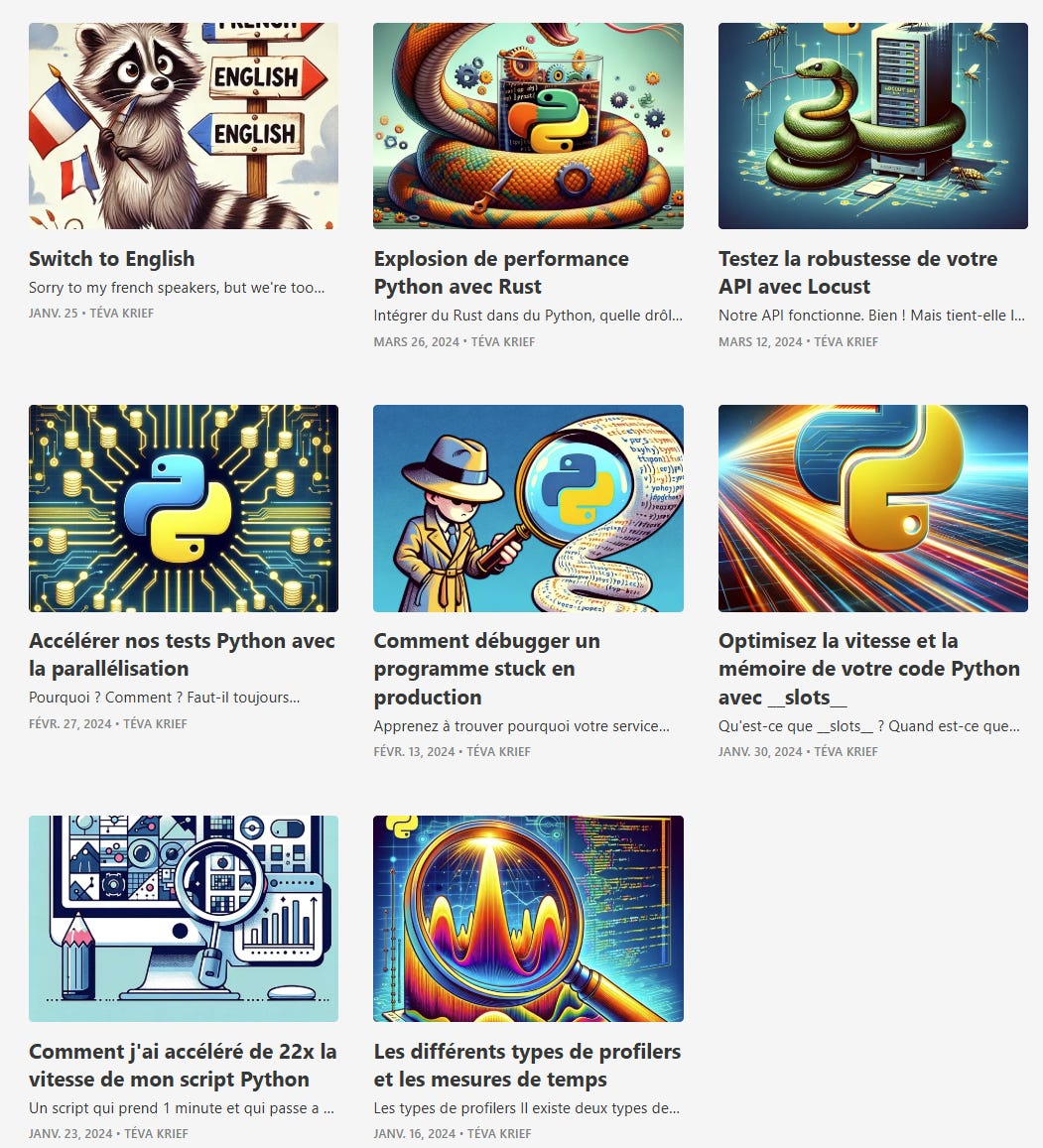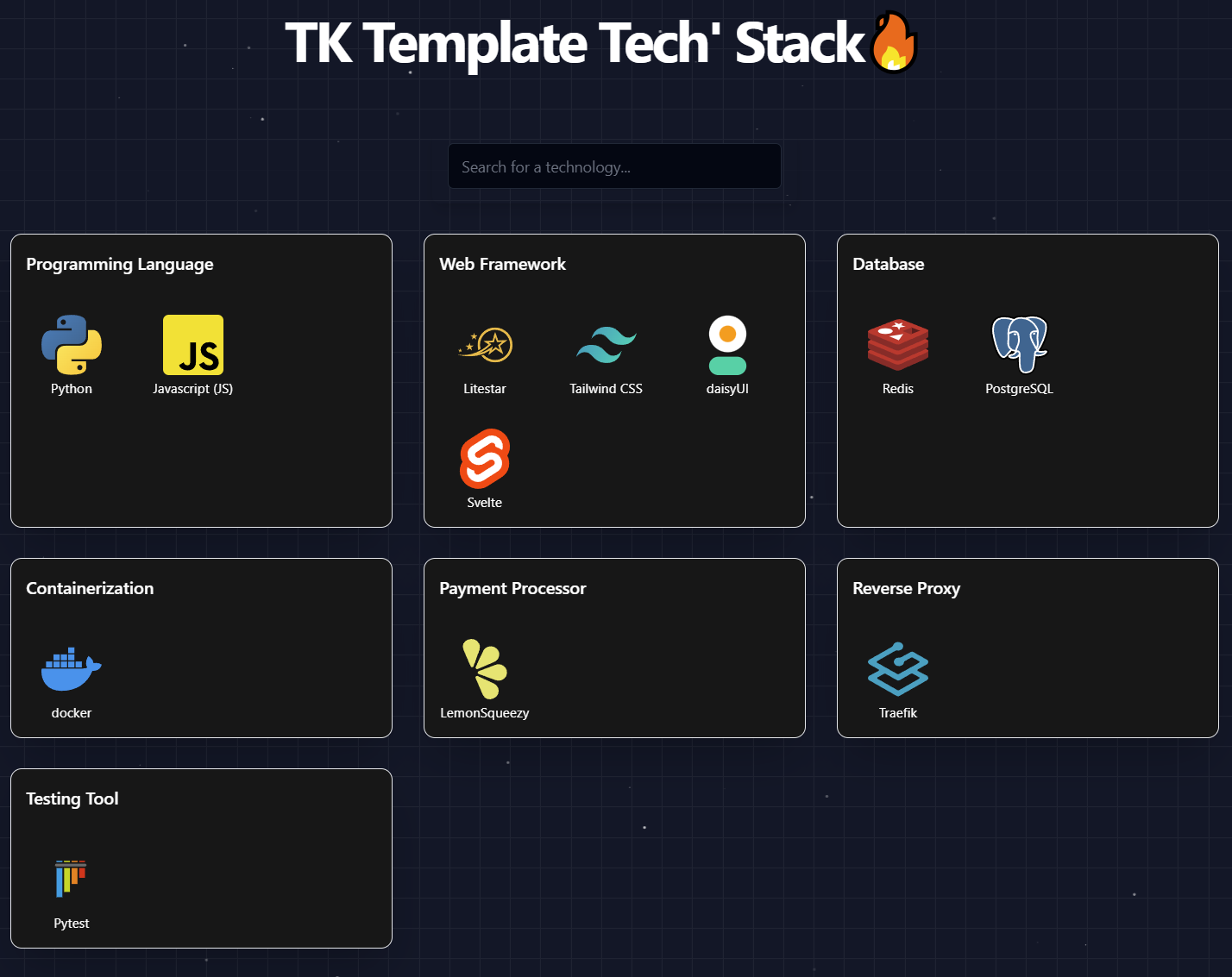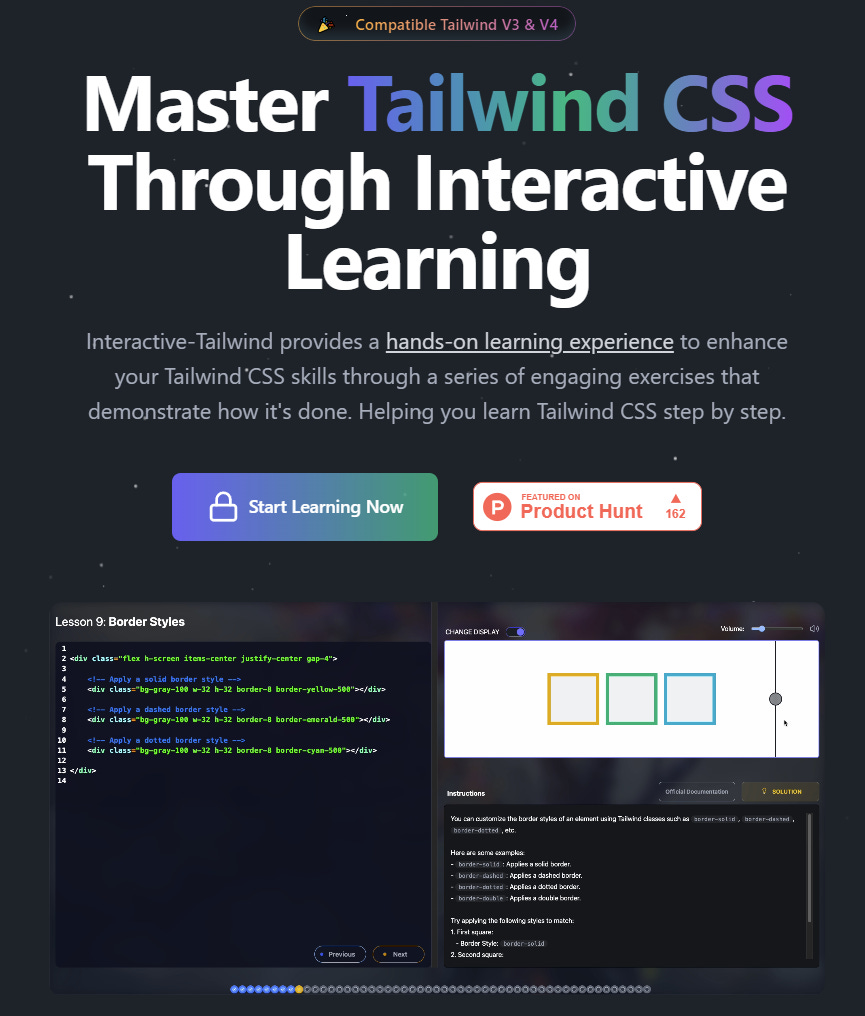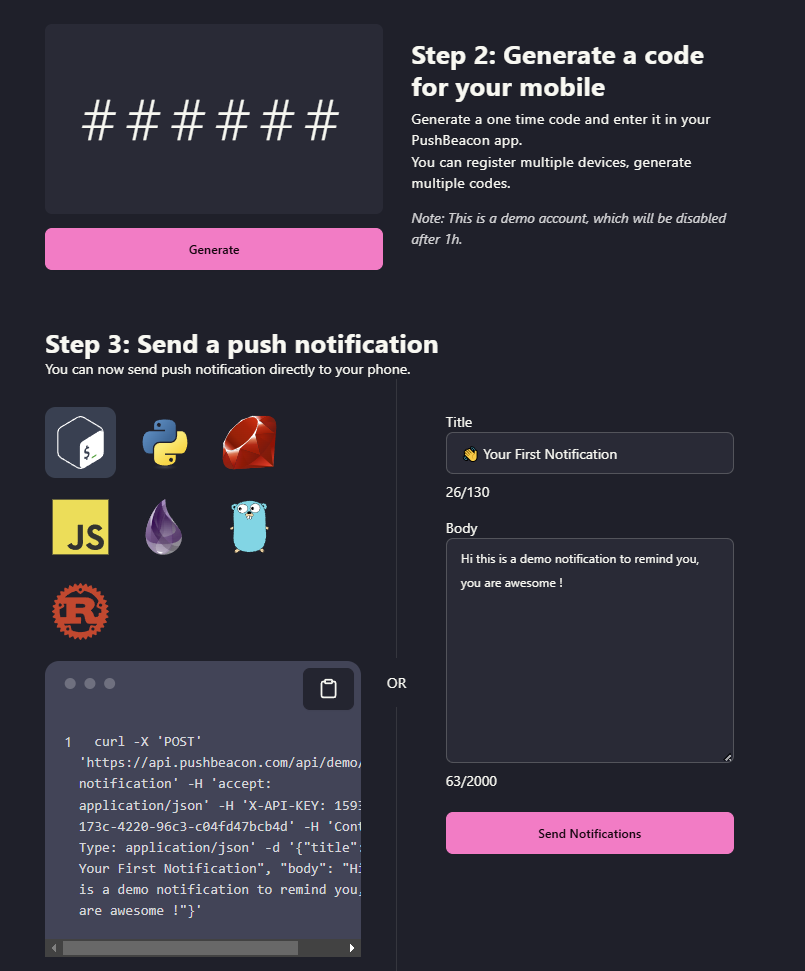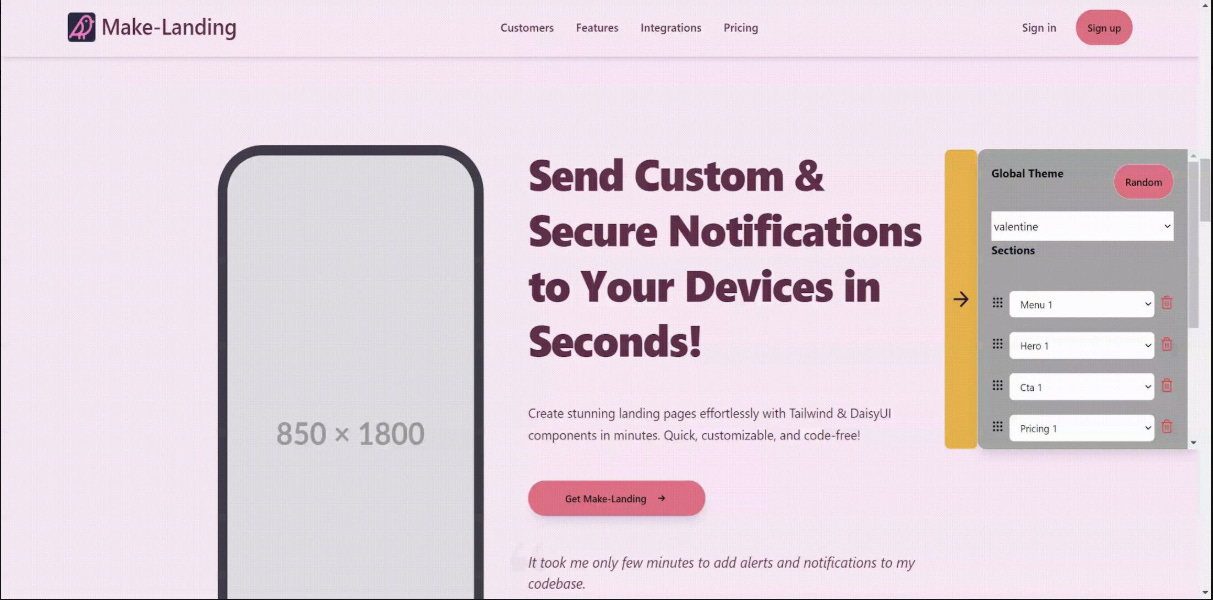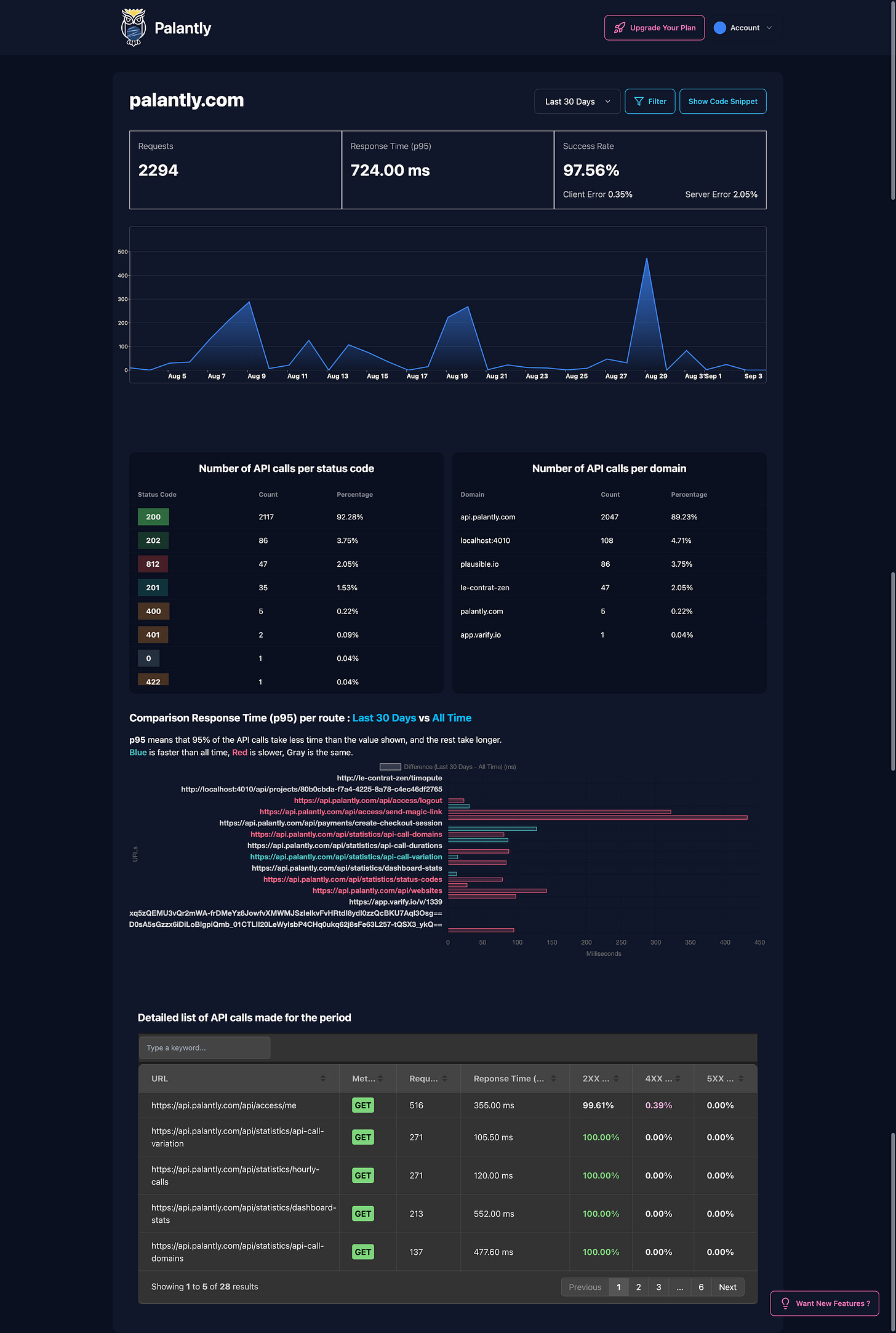Welcome to the Hall Of Fails : Part 1
Entrepreneurship is a journey, and I do have a lot of fails. Wanted to share some with you.
Yeah, so I’ve been working on side projects for a while now. Listing everything I did and what went wrong would be too time consuming, but I can share some of it with you, and also it’s kind of a reminder of the journey for me.
Since I do freelance work, I only work a few months each year to have more time to spend on my projects. And in 2024, I decided to go all in. Meaning that from November 2023 to today, I’ve only been working on my side projects.
Let’s start from early 2024:
January 2024: pinock.io
For a few months, I had been working with a friend on a B2B tool called Pinock.io. It was designed for IT consulting firms (ESNs) that regularly present developer profiles to their clients. These companies often need to refine contractors resumes correcting errors, and reformatting them to match the company’s branding and color scheme.
This process is tedious and time-consuming, so we built an automated tool to make it easier.
We started working on Pinock.io in mid’ 2023, but by January 2024, we decided to stop. We weren’t aligned on the timeline anymore, and we had exhausted ourselves. So, January was still dedicated to this project, but that was the end of it.
No regrets, though. I learned a lot from the experience and took valuable lessons from it.
February & Mars 2024 : blog.stuffandcode.com (this blog)
Over the years, I’ve created a few blogs. I’ve always liked sharing my knowledge and findings, and I’ve tried multiple times to keep a blog going. But that kind of work isn’t for me. Yeah, that’s ironic since I’m literally journaling on my blog right now.
The problem is, I get exhausted. I can’t keep up with being consistent.
So I ran a blog for two months, focusing on Python specifically performance issues, how to identify them, and how to solve them. It’s a topic I enjoy, and I wanted to create content in my mother tongue, French, since there are already amazing resources in English.
But I guess it was too niche. Python developers + performance issues + French readers… too narrow of an audience.
I eventually gave up because, why bother?
March 2024: Building a template for the next projects
In March 2024, I came across a French entrepreneur who was launching SaaS projects at lightning speed. He really inspired me. He kept saying that you shouldn’t spend too much time on ideas, just build, launch, see if it works, and repeat.
Like most people, every time I built something, I wanted it to be perfect: beautiful UI, no bugs, scalable, fully tested. But doing that, you end up spending months instead of days or weeks. So I thought :
I’ve been doing things the same way for years, and it never worked. Let’s try something different.
TK 2024
At first, it was hard. It felt messy. No tests? Come on bro’?
Some parts of my code looked awful and could’ve been refactored, but they worked, so why spend more time on something that would most likely never even be used? The first few weeks were rough. It didn’t feel natural.
So I made a rule: from now on, my projects should take no more than two weeks to build.
So I’ve decided to take time to build an awesome template for my future projects. I’ve setup everything I need, here’s a glimpse of the tech’ stack.
(I built this tool early 2025, it’s free to use, enjoy https://weuse.dev)
You can find out my board here.
I’ve setup all the sign up login logic, payments hooks, metrics, user management, monitoring, deployments …
All I need to do is fork it, rename the occurrences and get started. And to deploy, it literally takes me 10 minutes, 8 to setup de VPS and 2 to deploy with Docker Compose, and Docker Swarm if I need horizontal scaling.
April 2024 : Interactive-Tailwind.com
Backend and deployment weren’t really an issue for me, but the frontend? That’s what took most of my time. I really didn’t like it. And I sucked at it. Everything I built looked terrible and took me way too long.
I tried Vue.js, React, plain JavaScript, TypeScript… but none of them clicked. Then I discovered Svelte. It had a small learning curve, but it suited me well, plain JS, no unnecessary complexity. It was a good starting point.
But the real monster was still ahead.
CSS.
I’ve always hated it. I never got the hang of it.
I tried multiple times, bought a few courses, watched online tutorials. I managed to do some things, but the effort never felt worth the result. So I decided to try something different.
Tailwind.
I liked the idea of not leaving my HTML, of not having to name my elements with class names… but in the end, it was still CSS. So, back to square one.
I looked for practical online exercises to learn Tailwind, but I couldn’t find anything that suited me. Then I remembered
The best way to learn is to teach others.
TK 2024 (Again)
So there I was, building a course to learn Tailwind CSS from scratch, even though I had no knowledge of it myself.
The UI looked terrible, but the concept was cool. I showed a target design, and users had to write Tailwind code to match it and move on.
Two weeks passed. I integrated payments and launched on Product Hunt.
Yeah, pretty sad. But I did not care, I learned a lot, I saw the whole process and I was ready to go on the next one. And I managed to get it done under 2 weeks. Success.
P.S: Don’t be too sad, because actually, since then, https://interactive-tailwind.com has become my most successful project. But it had a lot of revamping throughout the months. That’s for next time.
Here’s a sneak peek on how it looks like today :
May 2024 : PushBeacon.com
To collect payments, I went with LemonSqueezy instead of Stripe because they act as a Merchant of Record (MoR). Basically, they handle all the tax stuff for you, which is a lifesaver when selling internationally. Doing it yourself is a real pain.
The problem is, LemonSqueezy doesn’t have a mobile app. So I had no way of knowing when I got paid unless I kept checking my emails. And yeah, no way I was doing that.
I started looking for an easy way to send custom notifications to my phone. I didn’t want to set up a Discord or Slack bot, and I keep most notifications disabled to avoid distractions, so I needed something else.
Then I thought, why not just build a super simple mobile app whose only job is to receive notifications I send it? Sounds fun. So I opened PyCharm, set up React Native with Expo, and after some bibidi bobbidi boo, I had an app in two weeks.
Releasing it on the stores was a nightmare, especially on iOS. I also spent way too much time on the landing page because I wanted users to instantly get what it was about, try it out, and see how in just a few seconds and a simple HTTP request, they could send notifications to their phones, tablets, or smartwatches.
Then I launched it on Product Hunt :
Daaamn! That’s what I’m talking about! And the best part? I got my first two payments ever for this. It was a lifetime deal, 45€ each. Not crazy money, I know, but that psychological barrier was gone. I finally made money from something I built.
A few people subscribed to the monthly plan too, but it didn’t take long before things went flat. Today, it’s mostly just me and some friends using it to set up custom alerts for our own tools. I don’t really plan on maintaining it, especially when Apple asks for 100 bucks a year just to keep the app live on the store.
So yeah, I’ll keep using it as long as it works, but I’m not putting any more dev time into it.
Almost on Time... But Mobile is a Different Beast
The initial goal was to ship it in two weeks, and honestly, we were almost there. The app was up and running within that time. But mobile isn’t like pure web SaaS. Getting approved on the stores, dealing with app signing, waiting for Apple’s review it all adds extra delays. That alone stretched the timeline a bit more than expected.
It made me realize that launching a mobile app is a whole different game compared to a simple web product. Would I do it again? Maybe, not haha.
May & June 2024: Make-Landing.com
No time to lose. I realized I was spending way too much time building landing pages, and when you look at it, most people use the same kind of layouts anyway. So why not create a landing page generator?
I went on a deep dive, scrolling and scraping a ton of beautiful websites built with Tailwind. I broke them down into components, Hero sections, Pricing, About, and so on.
Then I made those components available in VueJS, React, Svelte, and plain JS, and added a button to shuffle and generate landing pages with different themes.
You could just keep hitting the button until you found the perfect layout. Once you were happy with the result, you had to pay to download the source files.
Decided to launch on Product Hunt :
Back to square one. This project has been taken down since, it showed no interested, but again, my frontend skills improved.
June 2024: Couldn’t code much
In June 2024, I had eye surgery on both eyes. For about two to three weeks, I couldn’t really focus on screens. I was seeing double, which made it almost impossible to get anything done. So yeah, coding wasn’t really an option that month, but I kept myself busy with other things.
July & August 2024 : Palantly.com
This time, I broke my own rule. I was spending the summer at a friend’s place, so I wanted to enjoy it and take things slow.
As I started juggling multiple projects, I needed a way to track if everything was running smoothly. I had Plausible Analytics to monitor traffic on my websites, but I had no way of knowing if my backend services were actually working. Setting up backend analytics, with health checks, response times, and all that, is always a hassle. So I thought, why not build something simpler?
Like waaay simpler.
Something as easy as dropping a <script> tag on a website and that’s it. Just like Plausible, but instead of tracking page views, it would track API calls and display everything in a clean, visual way. Nice graphs showing which routes were hit the most, how long they took, response statuses… all at a glance.
It was an interesting project because I got to play with new technologies, like ClickHouse. I went with it because I read some Plausible blog posts where they mentioned that Postgres wasn’t ideal for this kind of workload long-term. A little pretentious to assume I’d hit the same scaling issues, but hey, why not do it right from the start?
I spent the summer working on it. The UI was clean, I spent a lot of time finding the right graphs, and everything was running smoothly. Whenever a user browsed one of my websites, it would track API calls, measure their response times, and periodically send the stats to my backend. It worked well.
The logo looked amazing (thanks TK), so I was all set to launch on Product Hunt.
Damn, that’s harsh. But you know, as time goes by, more and more products are released on Product Hunt, there are a lot of competition, a lot of bots, so it’s hard to have visibility. I kept using this for myself, it was useful for me. But today, I discontinued it. But i’m proud of it.

Wrapping Up – Part 1
So yeah, we’re only at August 2024, and there’s still a lot more to cover. But this gives you a sneak peek into what I’ve been up to these past months, just building, testing ideas, seeing what sticks, stopping, and repeating.
I won’t lie, it’s exhausting. I know I should take longer breaks sometimes to avoid burning out, but until I can actually make a living from these projects, I don’t really have that luxury. I know I’ll get there eventually, but it takes time, effort, perseverance… and a bit of luck.
Writing this down helps too.
Thanks for reading.
See you soon! 🦝
TK.


